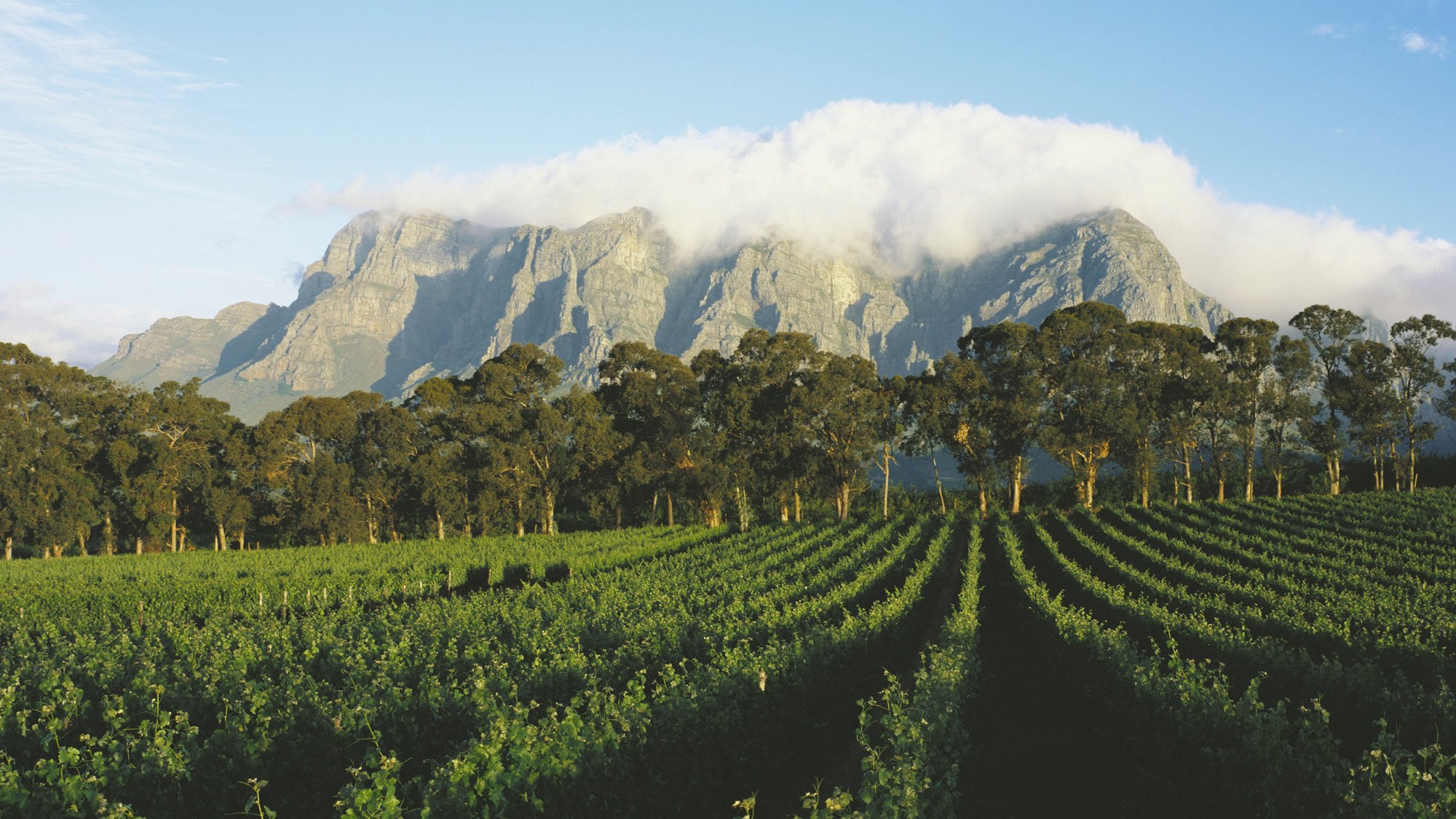This week will see over 1,000 visitors from more than 40 countries descend on the Cape Town International Convention Centre for Cape Wine 2018, which aims to showcase how the quality of wine produced on our shores has improved exponentially over the past couple of decades.
The theme this year is ≠Hannuwa, an ancient Khoisan word describing the holistic connection between people and land. ‘It encapsulates the philosophy of the South African wine industry as a pledge to farm sustainably and be a custodian of the land and preserve it for future generations,’ says Wines of South Africa communications director Maryna Callow. ‘We endeavour to promote an environment of dignity, equality and upliftment for all whilst protecting the unique and valuable biodiversity of our winelands and safeguarding the rich heritage of our industry.’
As far as the rich heritage of our industry is concerned, and in anticipation of international media coverage of Cape Wine 2018, I thought it would be fun to find out what some of the Cape’s very first visitors thought about our vineyards and wine in the mid to late 1600s.
One of the first to step ashore was the Dutch traveller, Johan Nieuhof, who arrived on 9 February 1654. Although this was more than a year before the first recorded arrival of viable vine cuttings, he observed: ‘The soil at the Cape is mostly clay, so that everything will grow there, although in some places it is stony, shelly, or sandy.’
When he returned to the Cape in March 1659 – six weeks after commander Jan van Riebeeck uttered those famous words: ‘Today, praise be to God, wine was made for the first time from the Cape grapes’ – Nieuhof noted: ‘On a certain hill [Bosheuvel, present day Bishopscourt] our folk have planted some thousands of vine-stocks, which give abundance of grapes, but a sourish wine.’
more on winemag.co.za




